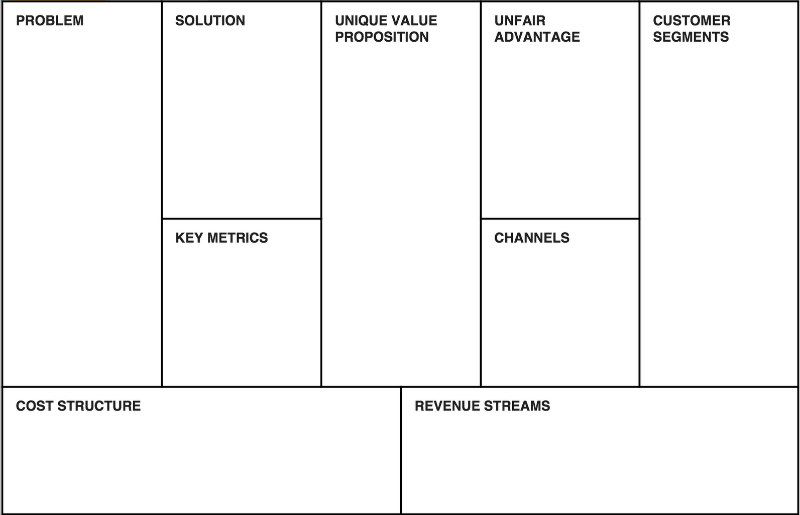Time to read: 3 min
As Thomas Edison once said, “Discontent is the first necessity of progress.” Many entrepreneurs set out to build a product out of personal frustration. In this situation, the first R&D activity is often researching technologies that can be harnessed to solve the problem on hand.
Sometimes, R&D activities are carried out to productize and capitalize on a proprietary technology. “Solution in search of a problem” gets mocked a lot, but this is the reality of how many products come to fruition, especially at large enterprise companies. A low-tack, reusable adhesive thought to be useless at the time of its invention became the Post-it note. Technologies developed by NASA for space exploration have spawned countless consumer products.
Whichever path you may be on, the first stage of R&D is matching a problem with a solution. This has been coined “finding problem/solution fit”.
Finding Problem/Solution Fit
The Institute of Design at Stanford teaches the Design Thinking Process for creating a solution.

Prototyping hardware has monetary and time costs, so to maximize the value of this process every prototype needs a clear purpose. We suggest the following experiment framework to maximize your return on investment.
|
Experiment component |
Explanation |
|
|
1 |
Falsifiable Hypothesis |
What do you wish to prove by making this prototype? Be as specific as possible. |
|
2 |
Experiment Method |
How will you use the prototype to verify your hypothesis? e.g. user studies Build the simplest prototype that can serve this purpose. |
|
3 |
Variable and Measures |
What are the conditions under which a hypothesis can be absolutely proved or disproved? This may be qualitative or quantitative. |
|
4 |
Experiment results |
Has your hypothesis been absolutely proven or disproven? |
|
5 |
Learnings |
How will the results of this experiment help you iterate further? |
At Fictiv, we’re working hard to help engineers and designers reduce prototyping time, so you can repeat this process faster and arrive at a well-tested solution.
Note that to find problem/solution in the hardware space doesn’t necessarily mean having a refined prototype. Often, a work-like prototype will suffice.
Finding Product/Market Fit
Product/Market Fit is the mythical key to a product’s success. This topic has been written to death, but if you’re not familiar with the idea, we recommend Ash Maurya’s guide as an introduction.
Ash Maurya summarizes the 3 stages of a startup as below:

In order to find Product/Market Fit, you have to first have a product. A solution doesn’t make a complete product, but at the same time, a single solution can be packaged into many different products or business models. Ash Maurya also created the Lean Canvas to demonstrate this point.

We said previously that a work-like prototype is enough for finding problem/solution fit, because the design and final technical specifications of the product are impacted by value proposition, cost structure, and customer segments. Make these decisions after you settle on a “Plan A” business model, then go build that MVP!
MVP as an Experiment
We think of an MVP as a part of the experiment method to prove or disprove a falsifiable hypothesis, which is your current business plan.
Many hardware entrepreneurs build and ship too many MVP units, partly due to the high minimum order quantity imposed by component suppliers and contract manufacturers. This usually eats up a large chunk of capital, making the MVP a make-or-break bet.
To minimize your risks, keep your MVP’s BOM cost low by using as few custom parts as possible. Build small batches of units so you can clear inventory quickly; this allows you to learn lessons and iterate faster. Excessive finished goods inventory tie up cash flow and cost money to store and move.
Fictiv can help you find economical ways to build hundreds to thousands of units. Unlike traditional manufacturers, we don’t shy away from low quantity work because we want to enable iterative and efficient product development.
To learn how Nebia approached the R&D process for their successful showerhead product, raising over $3 million on Kickstarter, check out this article.










